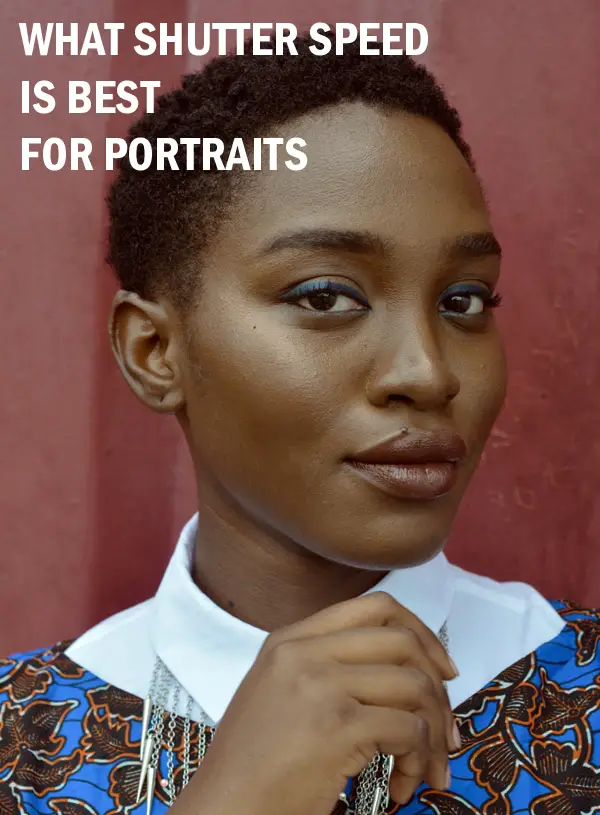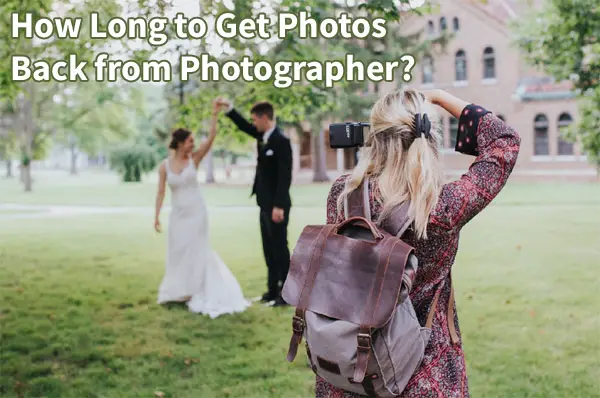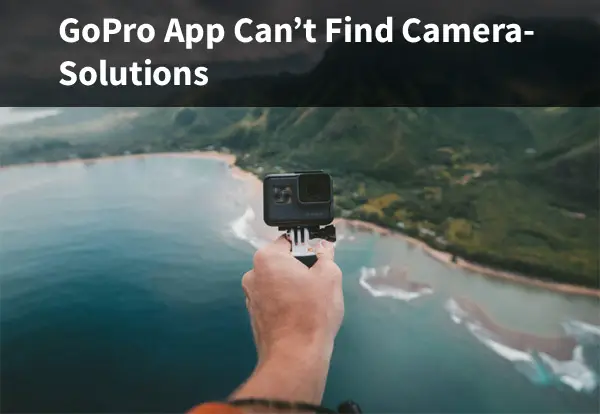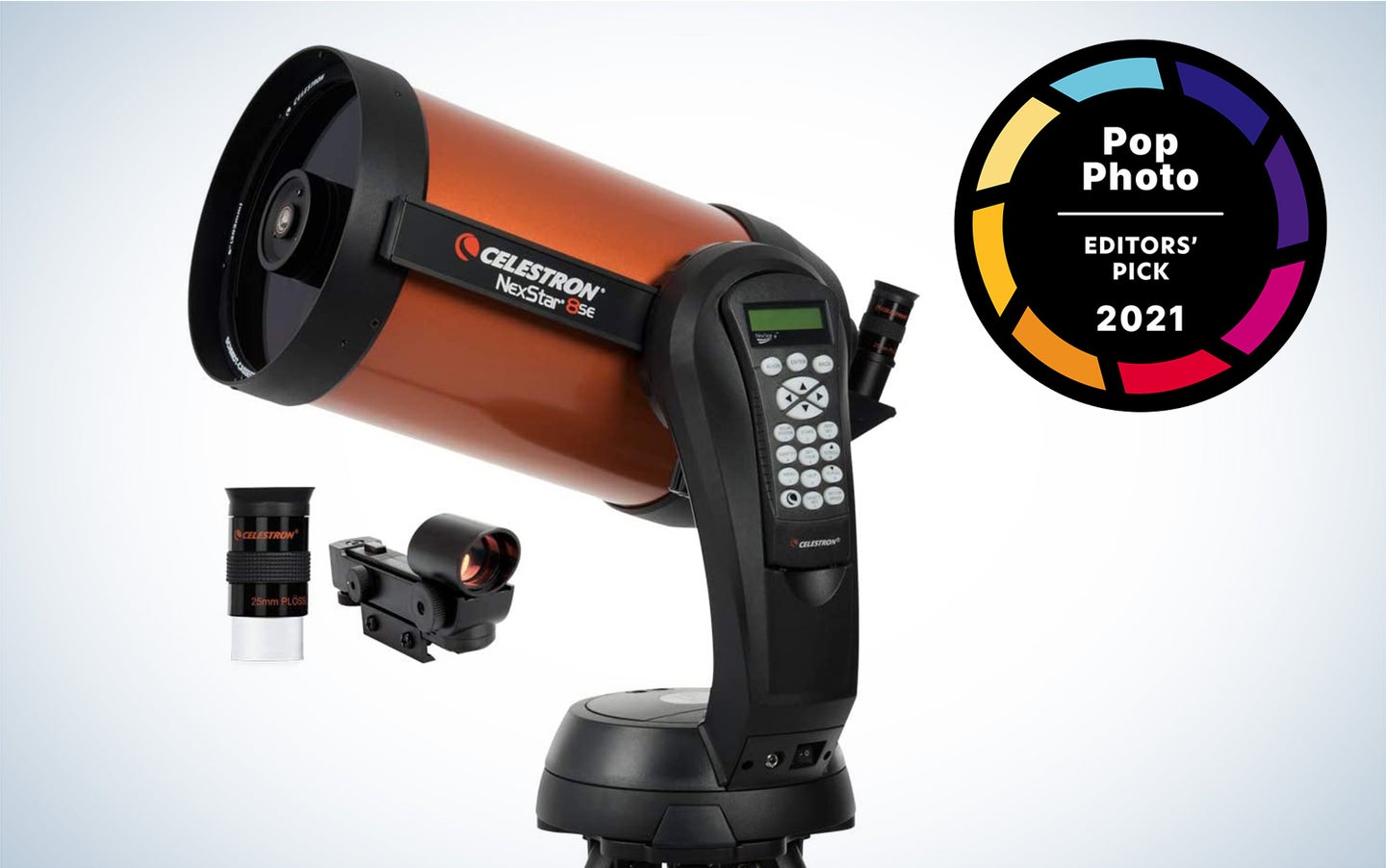Tips & Tricks

How to Edit Video on the iPhone
Tuts+PhotographyJust a few years back, the idea of being able to edit a video on anything but a fully built-out CPU was unfathomable. Fast-forward to today, and we're lucky enough to be able to use an iPhone as a one-stop shop for video production.
It may not be your go-to tool when working on bigger projects, but there's a chance that your iPhone might produce a better image than the older DSLR you have kicking around. It will also offer you a workflow that involves no transferring/syncing of files, so that you can go from shooting to editing and uploading, all with one device.
In this tutorial, we'll be going over some of the options you have when it comes to editing video on your iPhone.



Video Editors for the iPhone
The flagship video editor for the iPhone is hands down iMovie. On newer models, it comes loaded on your device right out of the box. It's super easy to use and is more than capable of handling your edit, although it has the feature that if you decide that you'd like to move from mobile to your Mac, you can! You can even bring that project into FCPX if you want even more editing power.
But what about other third-party options? We're pretty spoiled for choice. A standout editor would be LumaFusion. While this a pay-to-use app, it is by far one of the most powerful mobile editors out there. It offers incredible features that are perfect for those professionals who don't want want to carry a camera rig when they are out on in the field and need the ability to put out quality content in a timely manner. There are also a slew of browser-based NLE options to explore and choose from, like Kapwing and Clipchamp.
Getting Better Audio With Your iPhone



Honestly, the iPhone's microphone keeps getting better and better, but that still doesn't mean you can't do yourself a favour and boost the quality of your production. Rode and Shure have great iPhone-compatible microphones for you to choose from. The MV88 from Shure is a great option for the run-and-gunners out there, and the i-XLR from Rode is for those who want to be able to interface with a variety of microphones while still having the ability to accurately monitor your signal.
Boosting Your Video With Lenses



The newest iPhone series (13+) have great cameras built into the body, and they're definitely good enough to get great results. But what if you wanted to get a different look, something that wouldn't be possible with the stock camera? You'd be doing yourself a favour to check out camera lens adapters from Moment. Moment offers a variety of lenses that can open the door to getting an even more cinematic look, from wide-angle to macro and even anamorphic lenses, all available within a reasonable price range.
Wrapping It Up
When it comes to editing footage on an iPhone, you are spoiled for choice. In further articles, we'll be going over camera settings and features to help you get the most out of this fantastic filmmaking tool.
More Resources


 How to Make Audio Sound Like a Phone Call Using Effects in Fairlight (DaVinci Resolve)
How to Make Audio Sound Like a Phone Call Using Effects in Fairlight (DaVinci Resolve)

 André Bluteau02 Dec 2021
André Bluteau02 Dec 2021

 10 Top Resources for Women Who Create Film, TV and Media
10 Top Resources for Women Who Create Film, TV and Media

 Marie Gardiner10 Jun 2021
Marie Gardiner10 Jun 2021

 How to Sync Audio and Video Tracks in DaVinci Resolve
How to Sync Audio and Video Tracks in DaVinci Resolve

 André Bluteau28 Aug 2021
André Bluteau28 Aug 2021

 How to Work With Scopes in DaVinci Resolve
How to Work With Scopes in DaVinci Resolve

 David Bode26 Jul 2017
David Bode26 Jul 2017
























